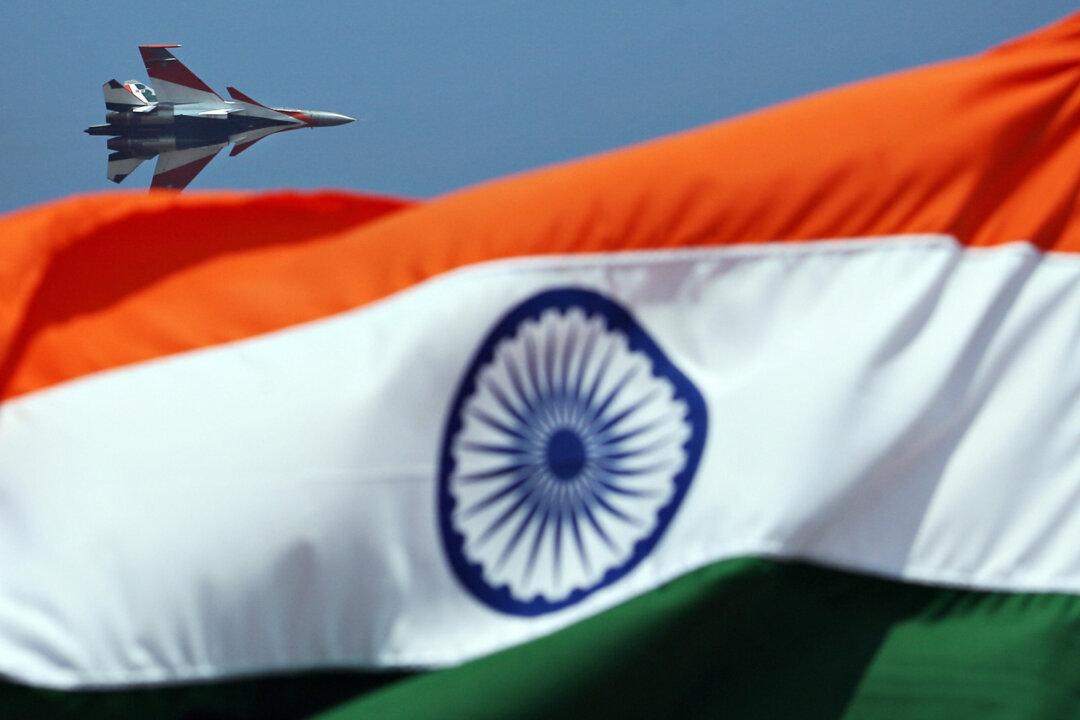Commentary
While the global forecasting community expresses skepticism about China’s ability to make even its reduced 5 percent real growth target for 2024, India’s economy has surpassed expectations.

While the global forecasting community expresses skepticism about China’s ability to make even its reduced 5 percent real growth target for 2024, India’s economy has surpassed expectations.